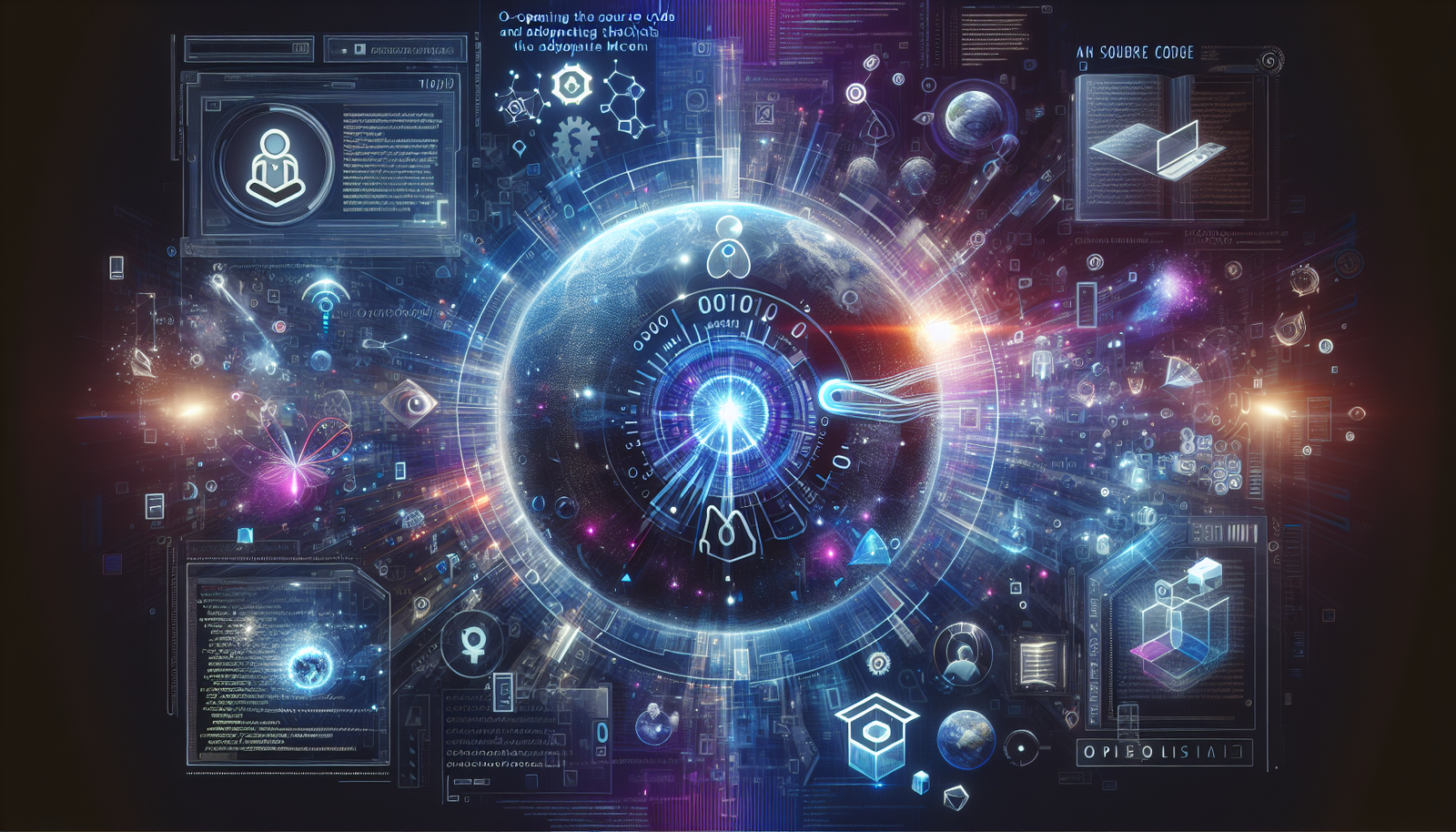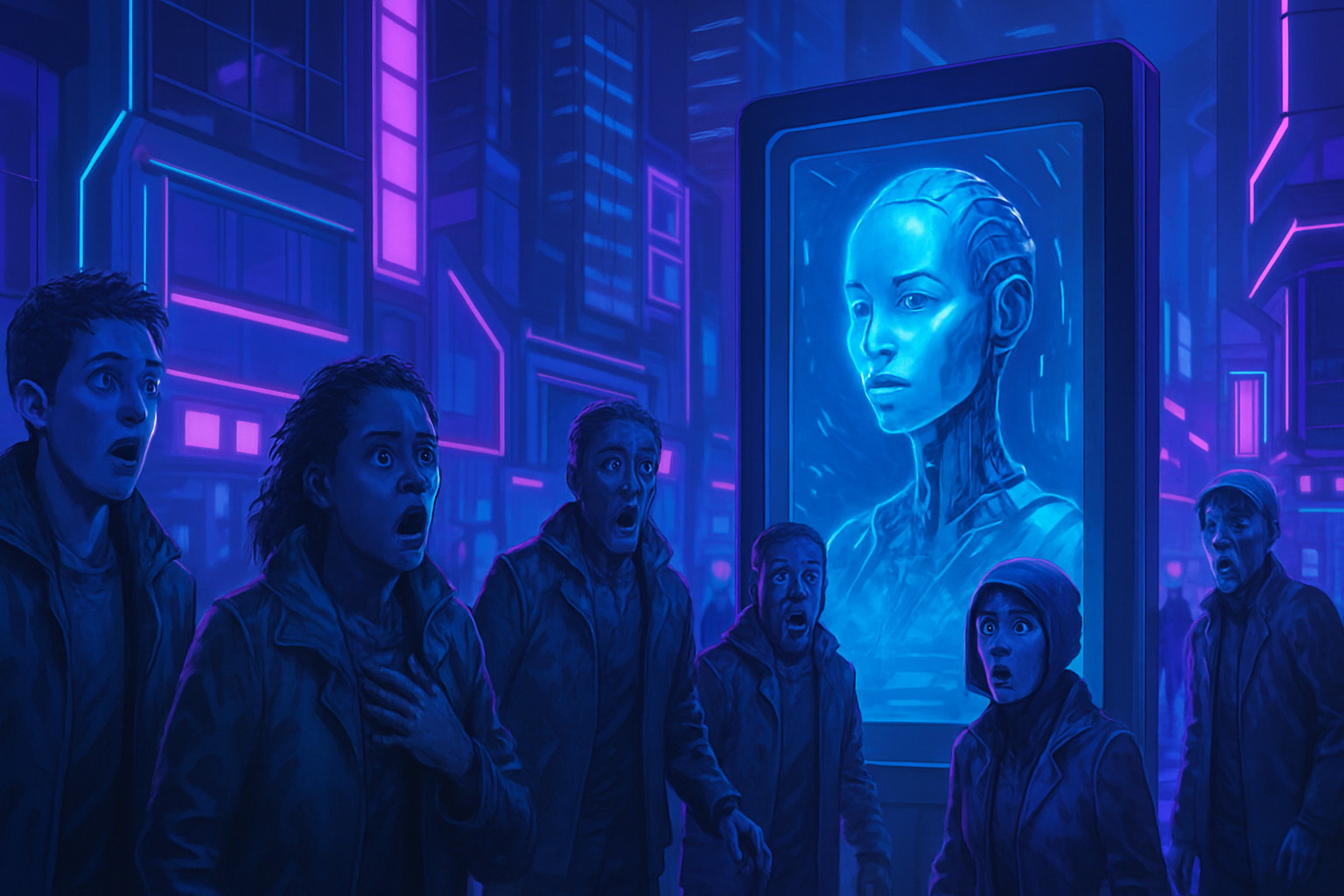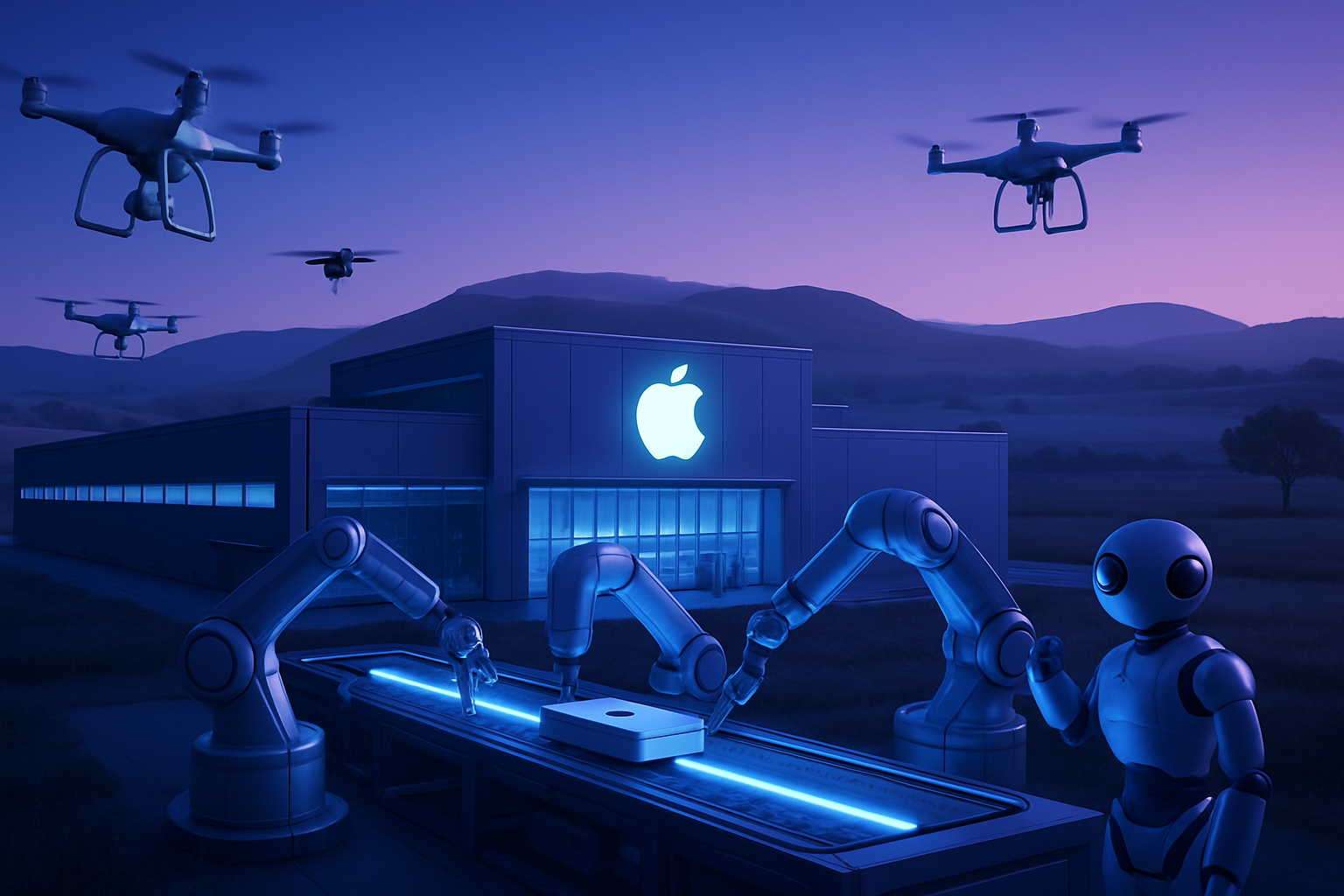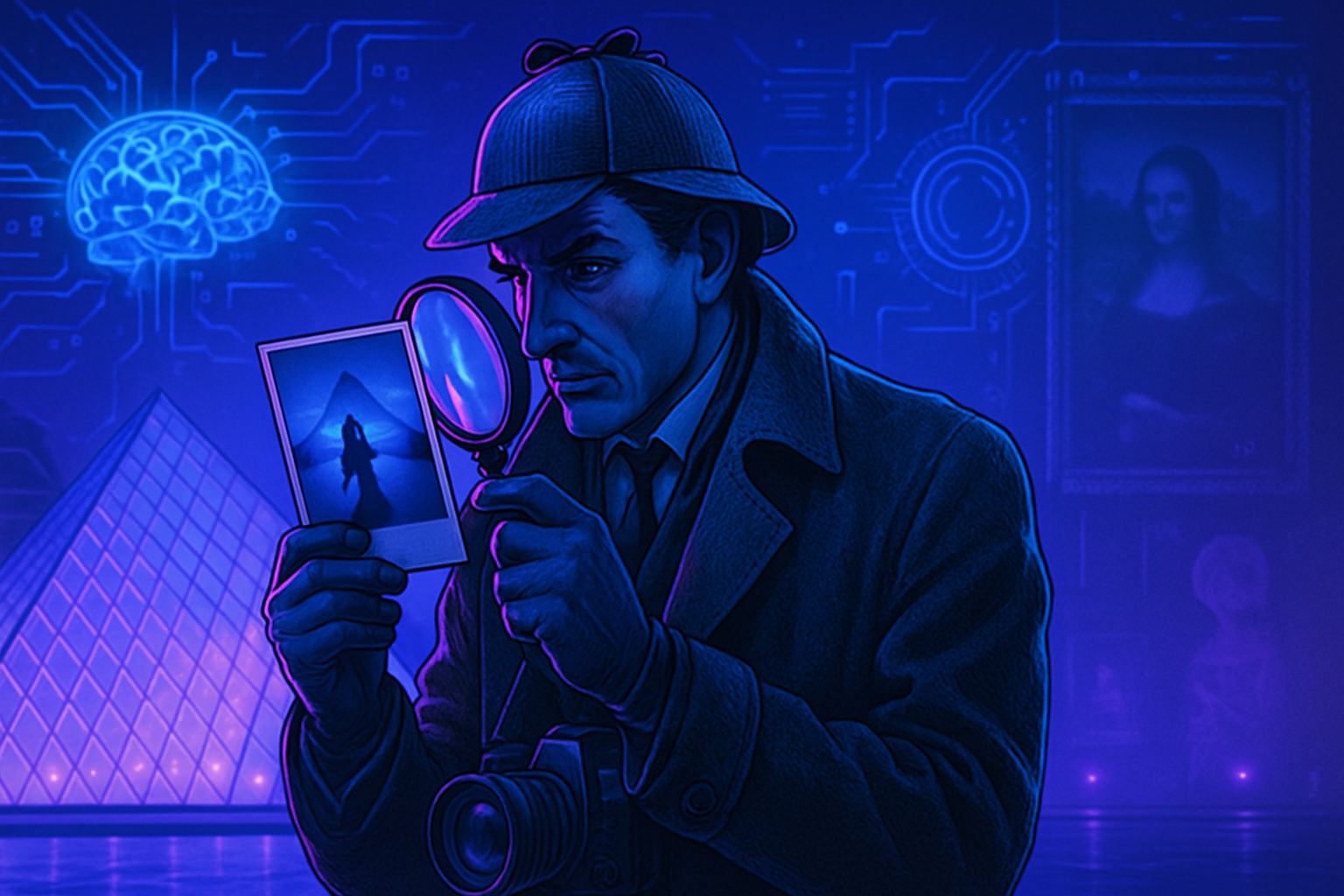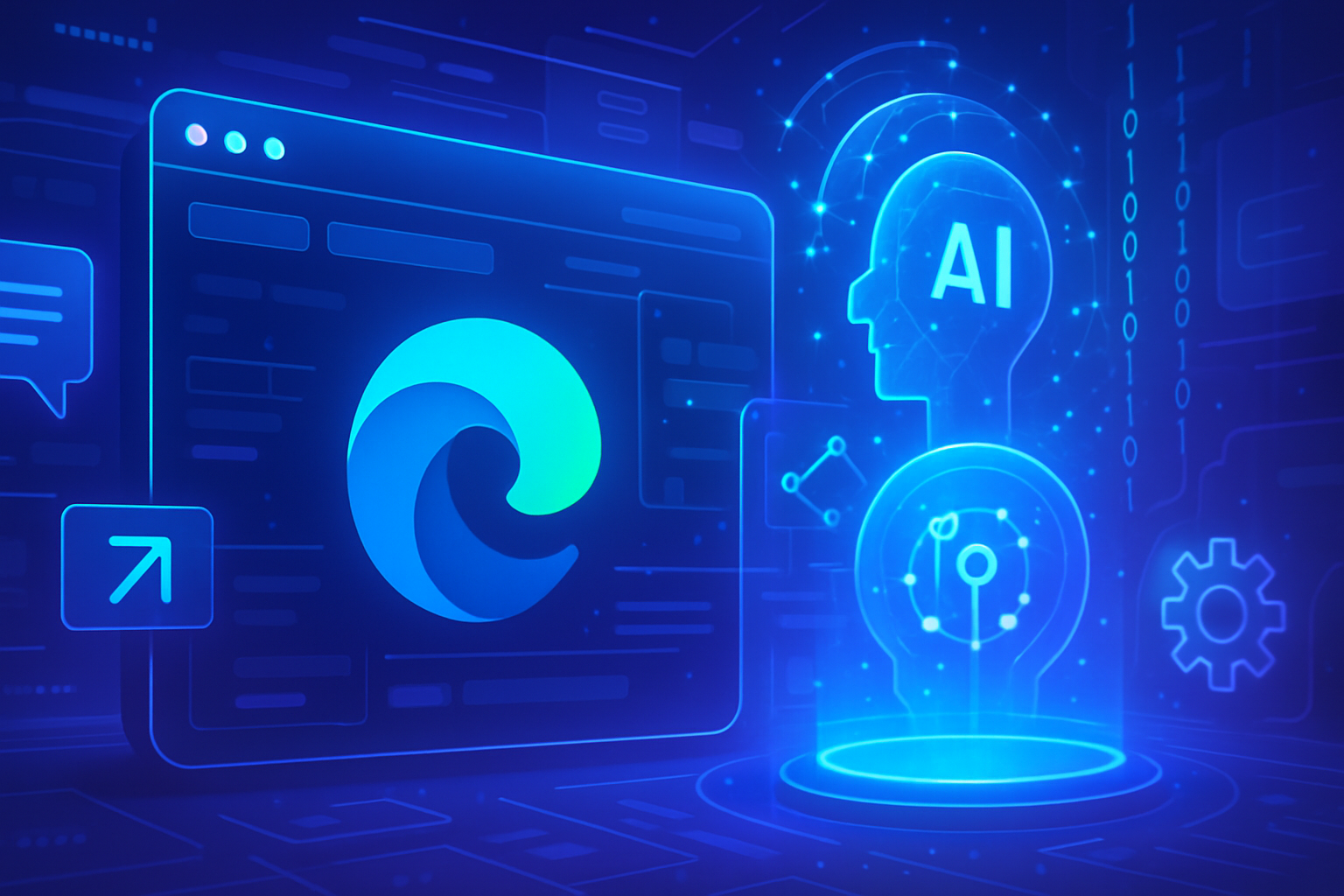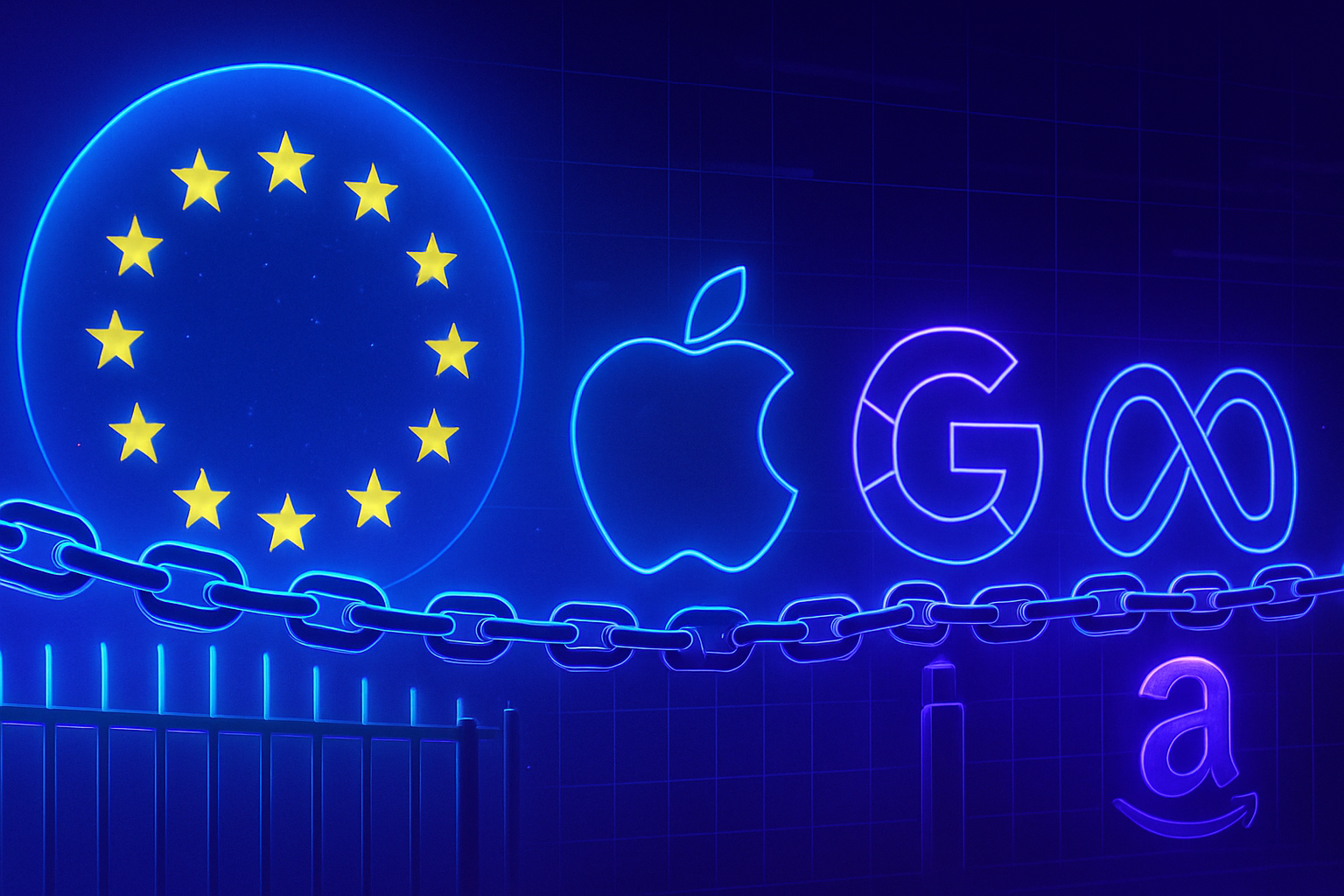Opening the source code *radically transforms* the interaction between administrations, developers, and citizens. This initiative proves to be *essential* for the emergence of autonomous digital agents. The adoption of technologies through the MCP (Ministry of Transformation and Public Function) is not limited to transparency; it also fosters *innovative collaboration* between the public sector and free software communities. The stakes related to this policy transcend mere statements; they permeate the way administrations respond to the needs of citizens in the 21st century.
Open Source Code
The implementation of an open source code policy in the public service is part of an unprecedented dynamic. This initiative aims to enhance transparency and collaboration among various actors in the public sector, private companies, and free communities. This approach allows for the valorization of external contributions while improving administrative processes.
The new data policy formulated by the Prime Minister constitutes a strategic priority for optimizing the efficiency of public services. Through levels of openness, administrations can choose between different approaches to sharing their code, sometimes even resorting to a highly contributory model.
Levels of Openness
Four levels of openness for sharing source code have been defined. The level A, referred to as contributory, involves the publication of source code, accompanied by an active call for external contributions. The level B, on the other hand, encourages publication while addressing contributions without actively seeking other opinions. Thus, this scale constitutes a flexible framework for public services.
Encouraging Agent Adoption
The adoption of Intelli-IA agents is at the heart of public action. The action plan presented by the Minister of Transformation and Public Function is based on three pillars: awareness-raising, support, and enhancing attractiveness. This roadmap highlights the potential of free software and its role in opening source codes.
A dedicated platform, code.gouv.fr, has been set up to support this transition. By facilitating access to shared resources, it allows administrations to better understand interoperability and the adoption of open source solutions. The initiative also encourages the participation of private actors and developer communities.
The Benefits of Openness
The release of source code brings several notable benefits for administrations. First, it fosters innovation through collaboration, allowing developers to actively participate in enriching projects. Furthermore, this policy acts as a lever for efficiency, reducing the costs associated with software development and maintenance.
Ultimately, the opening of codes directly contributes to the development of a dynamic ecosystem around free software, making the public sector attractive to external talent. Ministries are uniformly committed to this digital transformation, as shown by the publication of new codes by various agencies.
A Collective Commitment
Support for the opening of source codes transcends traditional ministry boundaries. Collaboration with actors such as Etalab in 2020 demonstrated the effectiveness of this model. In fact, 3800 open code deposits were recorded on the code.etalab.gouv.fr site at the end of 2019.
The Ministry of Territorial Cohesion also looks to the future with optimism. It actively encourages the systematic publication of new codes, thus consolidating a movement towards increased openness that fosters interactions and the exchange of best practices.
Toward an Innovative Future
Upcoming projects emphasize this dynamic. The highlighting of AI agents through platforms such as that of Ryan Aytay, with the launch of a dedicated marketplace scheduled for June, perfectly illustrates this trend. Such a marketplace could arrange the essential resources to structure the ecosystem around intelligent agents.
Simultaneously, the emergence of innovative solutions, such as the development of microrobots that provide answers to contemporary challenges, underscores the effectiveness of advanced technologies. These approaches rely on open resources and could quickly solve complex problems.
Perspectives and Collaboration
Real collaboration between public administrations, the private sector, and communities is necessary to capitalize on technological advancements. This dialogue must be nourished by initiatives such as those for sharing best practices and encouraging collaborative projects.
The effects of this openness are already visible in several areas. The online presence of an empathetic chatbot designed to alleviate the workload of dispatch agents in handling crimes perfectly illustrates how open source can transform public services, thus highlighting the potential of artificial intelligence.
The path toward widespread adoption of intelligent agents seems promising, accelerating through this open source code policy.
For more information on these new initiatives, check out the following articles: AI Agents Marketplace, Empathetic Chatbot, Microsoft Ignite 2024, Startup.dev/agents, Study on Microrobots.
Frequently Asked Questions about the Opening of Source Code and the Adoption of Agents through MCP
Why is it important to open the source code in the context of agent adoption through MCP?
Opening the source code helps promote transparency, innovation, and collaboration. It allows developers to contribute to the improvement of agents, thereby increasing their efficiency and relevance for users.
What are the benefits of adopting open agents within organizations?
Open agents are generally more flexible and adaptable to users’ needs. This reduces acquisition costs, promotes interoperability with other systems, and ensures enhanced security through an auditable codebase.
How can we ensure security when opening the source code of agents?
Security can be ensured through regular code audits, frequent updates, and the use of good development practices. Furthermore, involving the community in development helps identify and resolve potential vulnerabilities more quickly.
What steps should be taken to start opening the source code of an agent based on MCP?
To open the source code of an agent, start by establishing an opening strategy, identify the components of the code to share, then prepare the necessary documentation and resources to assist potential contributors. Finally, choose an appropriate platform to host this code.
How can we encourage the community to contribute to the improvement of open agents?
To encourage contribution, it is essential to organize events such as hackathons, create clear and accessible documentation, and implement a recognition system for contributors, such as mentions in releases or rewards.
What are the common challenges when trying to implement open agents in an organization?
Challenges include resistance to change from employees, the need for training to understand the code and related tools, as well as issues related to managing external contributions.
What role does MCP play in facilitating the opening of source code?
MCP (Participatory Collaboration Model) plays a key role by providing a framework that encourages collaboration and innovation among different stakeholders. It also offers clear guidelines for managing contributions and data protection.
How can we measure the success of a source code opening initiative within the framework of MCP?
Success can be measured by various indicators, such as the number of external contributions, the increase in agent adoption, user satisfaction, and measurable improvements in agents’ performance.
